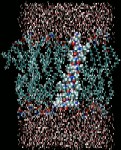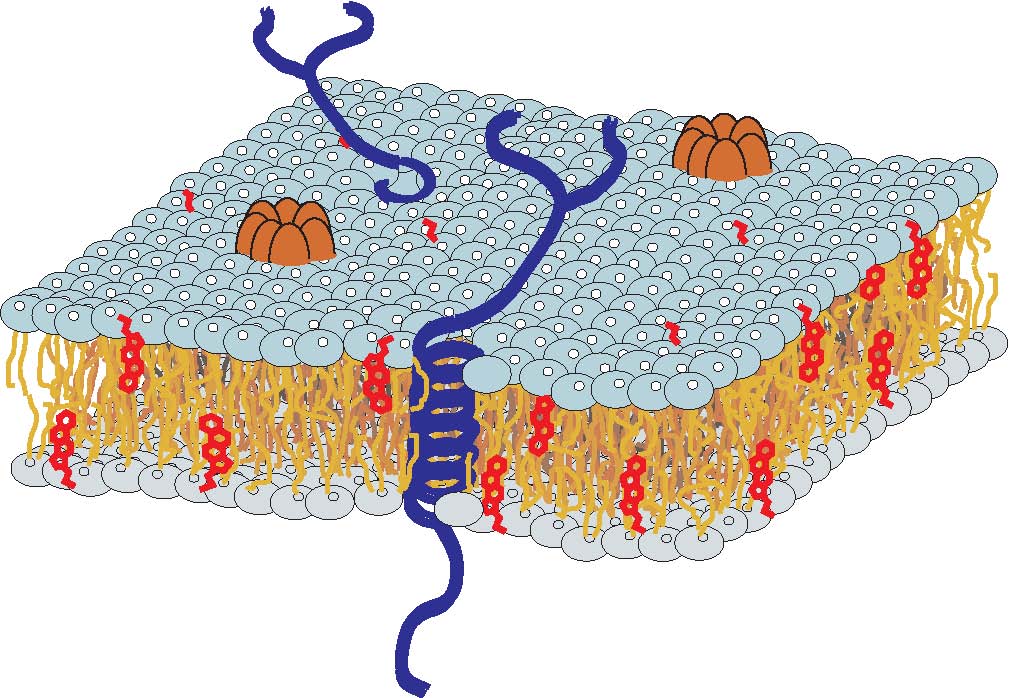
Professor
Condensed Matter Physics
Department of Physics and Physical Oceanography
Memorial University of Newfoundland

 |
M. R. Morrow Professor Condensed Matter Physics Department of Physics and Physical Oceanography Memorial University of Newfoundland |
 |
|
Home Research Group Members and Recent Theses Publications Teaching Outreach Activities Research in the Department Biophysics in Canada |
DEMONSTRATION TOPICSLow Temperature and Thermal PhysicsMechanical and Energy Sound Electricity and Magnetism Light
| |||||||||